***ANY PAYMENT ISSUES PLEASE CONTACT US** Auto-Direct-Deposit for payment. All issues to [email protected] *Bulk5 for 5% Off* First Time*19+ ID REQUIRED* $100+ FREE SHIPPING In Canada *81k+ reviews* Packages are dropped off to Canada Post, But there could be delays in the tracking update! All operations are resumed normally even with the Canada Post strike, however please expect potential delays in delivery. We Will ALSO USE an ALTERNATIVE COURIER as a backup. We appreciate your patience & understanding.
Online Chat Support Mon to Fri: 9am - 10pm PST. Sat & Sun: 11am - 11pm PST.
Your Cart
Add $100.00 to cart and get free shipping!
No products in the cart.
We Accept Email Money Transfer, Bitcoin & Other Cryptocurrencies.
Add $100.00 to cart and get free shipping!
No products in the cart.
We Accept Email Money Transfer, Bitcoin & Other Cryptocurrencies.
Up to 50% OFF!
While supplies last.
Orange Jelly Bomb | Sativa | 80mg THC | Twisted Extracts
Aurora Milk Chocolate | 500mg | Keo Edibles
Strawberry Shortcake White Chocolate | 500mg | Keo Edibles
Green Tea Crisp Chocolate | 500 mg | Keo Edibles
available only:
22Milky Way Chocolate Chip THC Cookie | 400mg THC | Keo Edibles
available only:
3Macadamia Nut White Chocolate THC Cookie | 400mg THC | Keo Edibles
available only:
12Fruit Punch Indica ZzZ Bomb | 80mg THC | Twisted Extracts
D8 Premium THC Distillate Oil Syringe | 1G
Peach & Grape Puzzle Gummies | 240mg | Keo Edibles
available only:
35Pet CBD Oil Tinctures | 500mg CBD | Keo Edibles
available only:
13Strawberry and Lemonade Puzzle Gummies | 240mg | Keo Edibles
available only:
46Cherry & Cola Puzzle Gummies | 240mg | Keo Edibles
available only:
85Cannabis Terpenes: What They Are and What They Do
If you’re a cannabis smoker, then you’ve probably heard about terpenes. But what are cannabis terpenes, and what do they do? Terpenes are the essential oils that give cannabis its unique smell and flavour. They are also responsible for many of the therapeutic effects of cannabis. In this blog post, we will discuss the different types of cannabis terpenes and their effects on the body. We will also explore how terpenes can be used to treat medical conditions.

First, let’s take a look at cannabis terpenes.
When you smoke cannabis, the terpenes in the plant mix with your saliva and other juices in your mouth to create an oily substance called cannabis oil. This cannabis oil is what causes the distinctive taste of cannabis when it’s smoked or eaten raw. The most common type of cannabis oil is made from cannabis buds, but other types are also available, including cannabis leaves and stems.
The cannabis plant contains over 100 different kinds of terpenes. Each cannabis strain has a unique combination of these compounds. For example, some strains have high levels of terpene myrcene, which gives them an earthy, musky flavour. Other strains have high levels of limonene, which gives them a citrusy taste.
Cannabis terpenes are not just responsible for the plant’s distinctive smell and flavour; they also play a role in its therapeutic effects. Each cannabis terpene has different properties that can affect the body in different ways. For example, cannabis terpenes such as cannabis caryophyllene have anti-inflammatory properties. Cannabis limonene has anti-cancer properties. Other cannabis terpenes can have sedative effects on the body and mind. They can even help to reduce anxiety and depression!

Where do terpenes come from?
Terpenes are found in cannabis plants, but they can also be found in other plants and animals. For example, cannabis caryophyllene is a cannabis terpene that comes from the cannabis plant’s flowers (also known as pistils). It was discovered by French chemist Pierre-Joseph Pelletier when he was researching cannabis terpenes.
Terpenes can also be found in cannabis plants’ leaves and stems, which is why cannabis strains have different smell and flavour profiles. For example, cannabis indica has high levels of cannabis limonene terpene, which gives it an earthy taste; cannabis sativa has low levels of this same terpene, which gives it a more citrusy taste.
Terpenes are also found in other plants, such as conifer trees and fruits like oranges and lemons. Cannabis is not the only plant that contains terpenes; every plant on Earth produces these compounds.
In animals, terpenes can be found in honeybee nests where they act as a defence against predators like bears and skunks.
How cannabis terpenes work in the body.
When cannabis terpenes are consumed, they interact with the body’s endocannabinoid system. This is a network of receptors in the brain and body that mediates the effects of cannabis. Each cannabis terpene interacts with these receptors in different ways, which results in different therapeutic effects.
For example, cannabis caryophyllene interacts with the CB(a) receptor, which is responsible for cannabis’s anti-inflammatory effects. Cannabis caryophyllene also has antiseptic and painkilling properties due to its interaction with these same receptors.
Cannabis oil can be used as alternative medicine or supplement because it contains cannabis terpenes that are beneficial for the body. The next time you consume cannabis, pay attention to the different flavours and smells it produces. You may be surprised at how each terpene affects your mood and well-being!
The medicinal benefits of terpenes
In the early stages of research, researchers discovered a range of therapeutic advantages linked with terpenes in preclinical studies on animals and in vitro investigations—in test tubes. Terpene research, on the other hand, is still in its infancy; there has been limited study on humans. To further our understanding of these chemicals, more study is needed
Antiviral
Antiviral compounds are always being sought after by researchers. Alpha- and beta-pinene, caryophyllene, camphor, and carvone are just a few of the terpenes that might have strong antiviral effects.
Anticancer
Rising rates in many forms of cancer are driving the quest to find compounds that can help suppress it. Some terpenes, including those found in cannabis, can exhibit anticancer activity, helping to inhibit the activity or growth of cancer cells.
Limonene may be an especially interesting anticancer and antitumor agent, as well as other terpenes such as pinene, camphor, terpinene, and beta-myrcene. One of the possible advantages of terpenes is that they are unlikely to harm normal cells or cause adverse effects—a feature that is particularly
Antidepressant
Terpenes are present in 25% of antidepressant medicines, which are prepared using plant extracts. Many plant extracts that are used in antidepressants have linalool and beta-pinene as components.
Antimicrobial
Terpenes may have antimicrobial properties, which is the capacity to halt an invading microorganism in its tracks. Alpha-bisabolol, geraniol, menthol, eucalyptol, and terpinolene are some of the terpenes that may help destroy or stop the growth of bacteria.
Pain relief
Some cannabis terpenes have been found to produce pain-relieving effects by mimicking cannabinoids. Pain-relieving outcomes were amplified in a 2021 study that combined terpenes with cannabinoids without increasing undesirable side effects. This interaction might indicate the entourage effect (more below).
Humulene, geraniol, linalool, and β-pinene are some of the terpenes that may help with pain relief. These terpenes activate the CB1 receptors in the body’s endocannabinoid system, which controls pain perception.

How can terpenes contribute to the effects of cannabis?
According to emerging evidence, all plant chemicals in cannabis operate together synergistically – this is known as the entourage effect, and it may be likened to The whole of all compounds found in cannabis being greater than the sum of its parts. In other words, when cannabinoids and terpenes are consumed together rather than individually, a unique whole-plant synergy.
Terpenes, for example, appear to play a role in the body’s response to THC and CBD. In a 2018 research of individuals with epilepsy, those who took full-spectrum CBD oil—which includes cannabinoids and terpenes—experienced better symptoms and fewer negative side effects than those who took CBD isolate, which only contained cannabinoids.
The scientists discovered that whole-spectrum CBD extract was four times more effective than CBD isolate, implying that patients may take a much smaller dose and attributing it to the therapeutic interaction of cannabinoids and other chemicals such as terpenes.
Terpenes have also been shown to enhance the activity of cannabinoids in recent studies. However, high amounts of terpenes were required to see this effect.
Although there is still much to learn about terpenes and their interactions with other terpenes, cannabinoids, and flavonoids in cannabis, it’s important to note that much of the knowledge we have comes from an animal or test-tube studies. Furthermore, the bulk of our research is derived from animals or test tubes.
The new research doesn’t alter the fact that these aromatic chemicals are effective at combating a broad range of health issues, and there is significant clinical interest in them. Despite this, exciting findings regarding terpenes are emerging. Future years will probably see a deeper understanding of terpenes developed, as well as how they operate individually and together with other cannabis compounds.
The top four terpenes found in cannabis.
Pinene is a cannabis terpene that has been used in traditional medicine for thousands of years. It’s also the most common cannabis terpene, present in cannabis strains such as Jack Herer and Super Silver Haze. The aroma of pine trees is what pinene smells like. Pinene has been shown to have anti-inflammatory properties and can help treat conditions like asthma.
Myrcene is also one of the most common cannabis terpenes. Strains such as Bubba Kush and Cheese are high in myrcene. The aroma of this cannabis terpene is earthy and musky with a hint of sweetness. Myrcene is known for its analgesic effects and can help with pain relief.
Limonene is the third most common cannabis terpene, found in strains like Tangie and Lemon Haze. It has a strong citrus scent, as its name suggests. Limonene is an effective cancer fighter, especially when it comes to tumours that are resistant to chemotherapy drugs.
The cannabis terpene linalool is the fourth most common cannabis terpenes you can find in cannabis strains like Amnesia Haze and Lavender Kush. The aroma of flowers such as lavender is what this cannabis terpene smells like.
Linalool has been found to have antidepressant and antianxiety properties. It can assist in treating depression, anxiety, insomnia, and seizures.
Categories
- Cannabis News & Blogs (137)
Featured Posts
Recent Posts
- The Science Behind Purple Cannabis Strains: What Makes Them So Vibrant? December 8, 2024
- Discover BulkBuddy’s Top 5 New Cannabis Strains of 2024 November 21, 2024
- Exploring Cannabis in Canada: Updates, Tips, and Trends November 10, 2024
- The Ultimate Guide to Choosing the Perfect Cannabis Strain October 15, 2024
- Cannabis Edibles vs. Smoking: Which is Better When Buying in Bulk? September 24, 2024
Recent Comments
- Andriel Walsh Ouellet on Gary Payton
- Andriel Walsh Ouellet on Copper Chem
- Andriel Walsh Ouellet on Critical Kush
- Andriel Walsh Ouellet on Blueberry Gum
- MrNiceGuymf187 on Neon Jesus

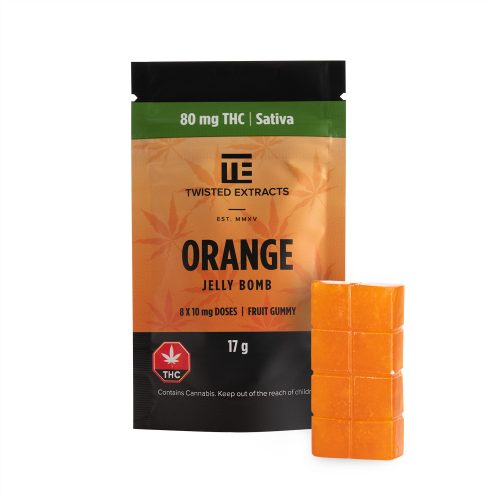


















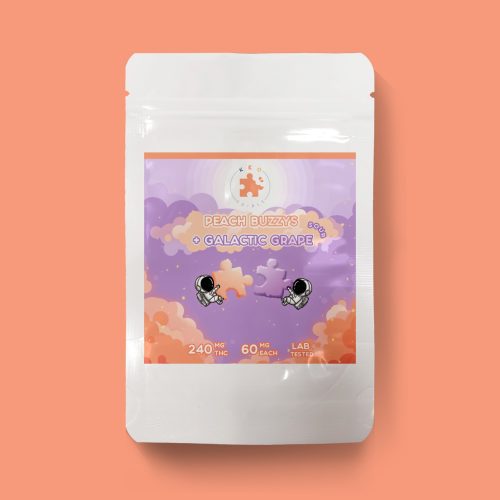

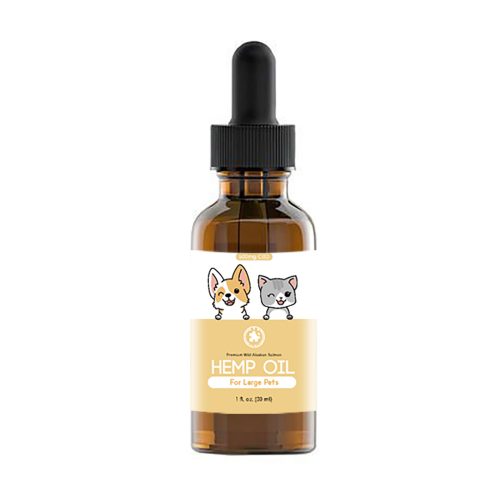
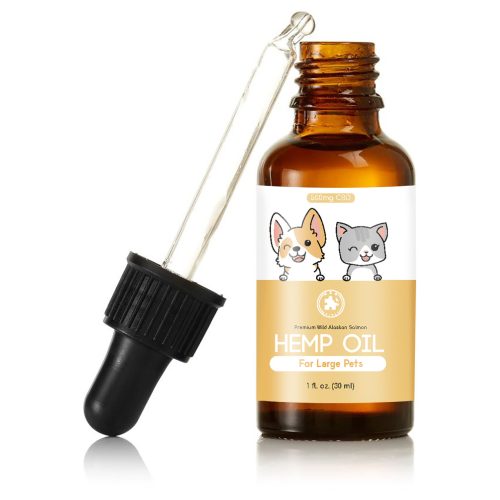



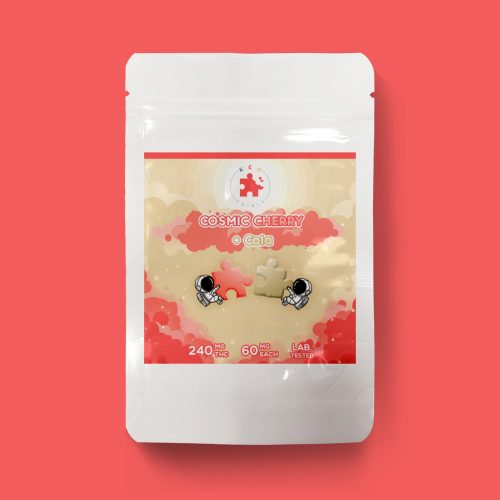

You must be logged in to post a comment.